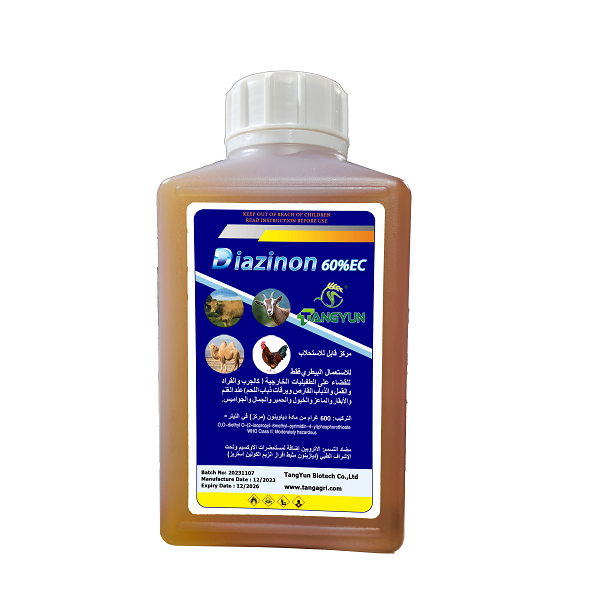Clothianidin
Product Description:
Clothianidin is a type of insecticide in the neonicotinoid class, a new class of highly effective, safe and highly selective insecticides. Its action is similar to that of nicotinic acetylcholine receptors, and it has contact, stomach poison and systemic activity. It is mainly used as an insecticide to control aphids, leafhoppers, thrips, planthoppers and other Hemiptera, Coleoptera, Diptera and some Lepidoptera pests on rice, vegetables, fruit trees and other crops. It has the advantages of high efficiency, broad spectrum, low dosage, low toxicity, long-lasting efficacy, no phytotoxicity to crops, safe use, no cross-resistance with conventional pesticides, and excellent systemic and penetrating effects.
Technical requirements for use:
Apply during the peak period of occurrence of low-instar nymphs of rice planthoppers, spray 50-60 liters of liquid per mu, and spray evenly on the leaves; to avoid resistance, the safe interval for use on rice is 21 days, and the maximum number of applications per season is 2 times.
First Aid:
Symptoms of poisoning: Irritation to the skin and eyes. Skin contact:Remove contaminated clothing, wipe off pesticides with a soft cloth, rinse with plenty of water and soap in time; Eye splash: Rinse with running water for at least 15 minutes; Ingestion: stop taking, take full mouth with water, and bring the pesticide label to the hospital in time. There is no better medicine, the right medicine.
Storage method:
It should be stored in a dry, cool, ventilated, sheltered place, away from fire or heat sources. Keep out of reach of children and secure. Do not store and transport with food, beverage, grain, feed. Storage or transportation of the pile layer shall not exceed the provisions, pay attention to handle gently, so as not to damage the packaging, resulting in product leakage.











